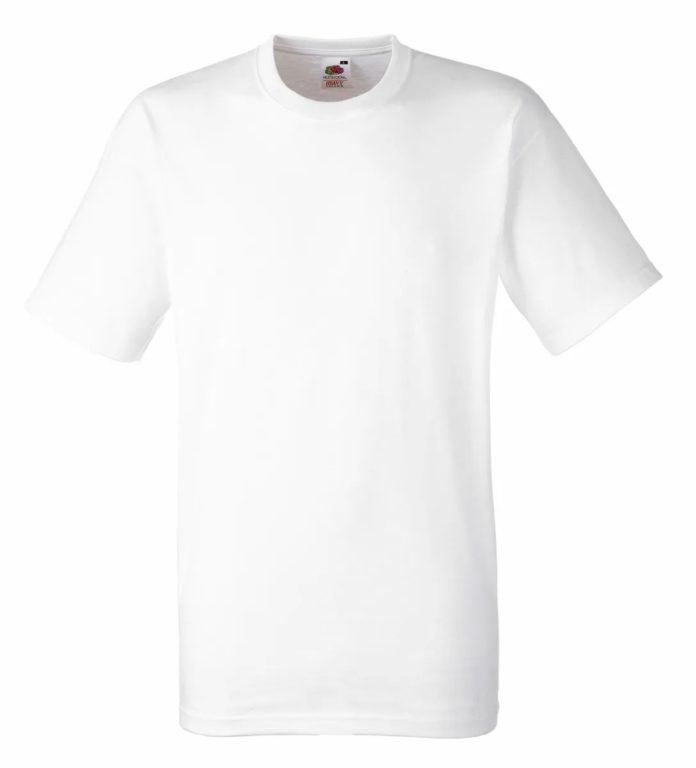Selling merchandise is a vital aspect of a musician’s business, providing not only an additional revenue stream but also a way to strengthen fan engagement and brand loyalty. However, navigating the world of merchandise sales can be challenging, particularly for independent artists or those new to the industry. To help musicians maximize their merchandise sales and avoid common pitfalls, we’ve compiled a list of ten things to steer clear of when selling their goods. From neglecting merchandise quality and overpricing items to inadequate promotion and poor customer service, these tips will provide valuable insights into what not to do when selling merchandise as a musician. By avoiding these missteps and implementing strategic merchandising practices, musicians can enhance their brand presence, increase revenue, and cultivate stronger connections with their fans.
1. Neglecting to consider the quality of merchandise: Don’t compromise on the quality of your merchandise. Invest in high-quality materials and printing to ensure that your merchandise reflects positively on your brand.
2. Overpricing or underpricing items: Don’t set prices arbitrarily. Research the market, consider production costs, and price your merchandise competitively to attract buyers without sacrificing your profit margins.
3. Limited variety: Don’t offer a limited selection of merchandise. Provide a diverse range of items, including t-shirts, hats, posters, stickers, and more, to cater to different preferences and budgets.
4. Poor design choices: Don’t overlook the importance of attractive and engaging designs. Invest in professional design services or collaborate with talented artists to create visually appealing merchandise that resonates with your fans.
5. Neglecting online sales opportunities: Don’t rely solely on selling merchandise at live shows. Set up an online store or utilize e-commerce platforms to reach a broader audience and generate additional revenue.
6. Inadequate display and presentation: Don’t underestimate the impact of presentation. Ensure that your merchandise table is well-organized, visually appealing, and easily accessible to encourage browsing and purchases.
7. Lack of promotion: Don’t assume that fans will automatically buy your merchandise. Promote your merchandise before, during, and after shows through social media, email newsletters, and other marketing channels to maximize visibility and sales.
8. Poor customer service: Don’t overlook the importance of providing excellent customer service. Be friendly, approachable, and responsive to inquiries, feedback, and concerns from customers to build trust and loyalty.
9. Ignoring fan feedback: Don’t ignore feedback from your fans. Pay attention to their preferences, suggestions, and requests regarding merchandise to inform future product offerings and improve the overall shopping experience.
10. Failing to track inventory and sales: Don’t neglect to keep track of your inventory and sales data. Implement inventory management systems and regularly monitor sales metrics to identify popular items, manage stock levels, and make informed business decisions.







